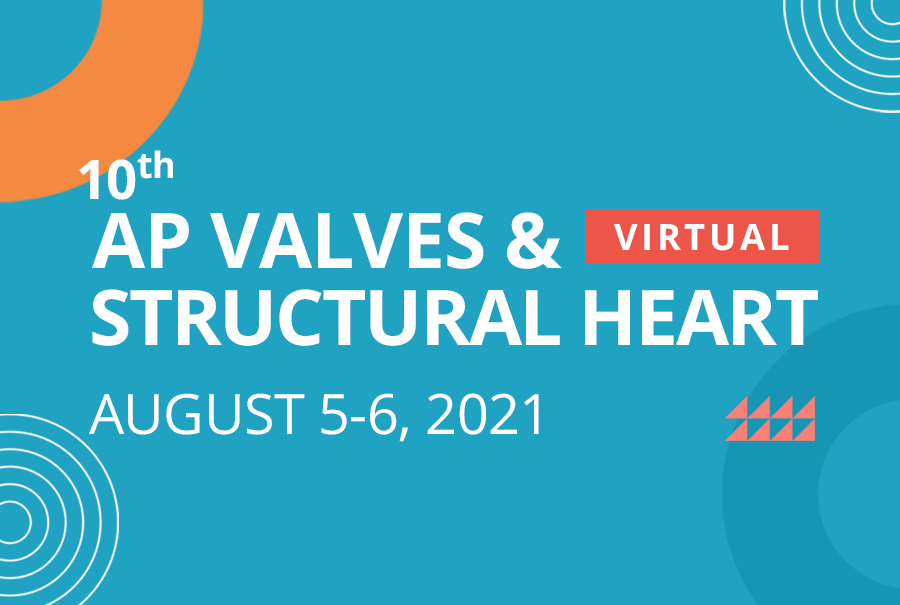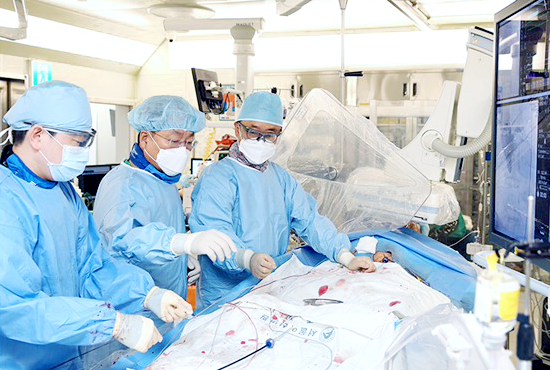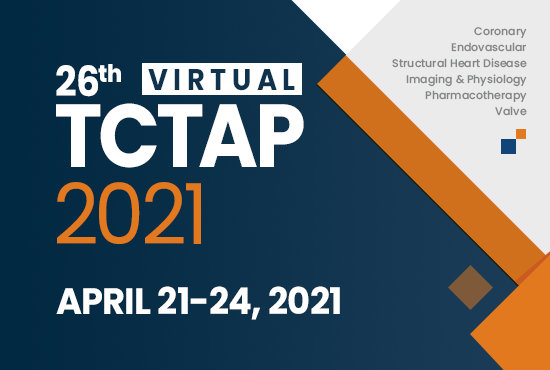AP VALVES & SH 2021 Virtual
Evolut or Sapien? Expert Unravels 'Equation' for Choosing TAVR Device
The complex equation for transcatheter aortic valve replacement (TAVR) device selection becomes more straightforward with the operator's increasing experience with self- or balloon-expandable valves (SEV/BEV), a cardiology expert said this month. Alan C. Yeung, MD (Stanford University School of Medicine, California, USA) identified and explained the main variables that guide the device selection process for TAVR at AP Valves & Structural Heart Virtual (AP VALVES & SH 2021) on August 5. "The issue with selecting a valve is that it is nuance driven, meaning the operator cannot choose the optimal device for a certain patient based on textbook-level knowledge alone. There's no single equation for choosing the correct device; instead, it's a complex process that is the summation of various factors," Yeung said. "Although selecting the optimal valve is a complex process, with enough experience, the equation becomes rather straightforward: the choice depends primarily on the cardiologist's level of experience with a valve, meaning that operators should choose the device they have the most experience with," he added. Valve selection is but one part of the whole TAVR strategy, Yeung stressed. The correct technique should be coupled with the device to maximize outcomes and lower complications. Ultimately, setting one primary goal (i.e., avoiding permanent pacemaker implementation (PPI) or avoiding coronary obstruction) should help narrow the device- and technique-selection. Relative outcome similarities of BEV & SEV devices in SOLVE-TAVI, combined with new trial data, make valve selection nuance-driven. Alan C. Yeung, MD The minimally invasive TAVR procedure has established itself as a safe and effective alternative to surgical aortic valve replacement for patients with aortic stenosis (AS). Recent studies are showing TAVR benefits extend to even low surgical risk patient groups. Despite the expanding indications for TAVR, initial device limitations have resulted in the wide use of only two major newer-generation, U.S. Food and Drug Administration (FDA)-approved devices: the balloon-expandable Sapien system (Sapien 3, Sapien 3 Ultra; Edwards Lifesciences) and the self-expanding CoreValve system (Evolut PRO, Evolut R; Medtronic)1. Although other devices such as the ACURATE neo (Boston Scientific), JenaValve (JenaValve), and Portico valve (Abbott) received European CE Marks, most are still under examination in clinical trials. The FDA also retracted the Lotus Edge system (Boston Scientific) last year. The lack of randomized data that fail to prove benefit of one device over the other has also left clinicians to deal with the ongoing challenge of selecting an optimal valve for patients who often present unique characteristics and varying comorbidities. At AP VALVES & SH 2021, Yeung called to attention the results of the SOLVE-TAVI trial conducted by Holger Thiele, MD (University of Leipzig, Germany) and colleagues and published in the European Heart Journal2 in February of last year. The 2x2 factorial, randomized trial on 447 patients with aortic stenosis evaluated Evolut R (self-expandable valve, SEV) and Sapien 3 (balloon-expandable valve, BEV) in terms of the primary efficacy composite endpoint (all-cause mortality, stroke, moderate/severe prosthetic valve regurgitation, and permanent pacemaker implantation at 30-days), along with anesthesia strategies. Results showed the two systems were similar regarding the primary composite endpoint, indicating equivalency between SEV/BEV (Evolut R 28.4% vs. Sapien 3 26.1%, rate difference -2.39, 90% CI -9.45-4.66, P=0.04). 1-year results regarding composite endpoint and all-cause mortality were also similar. Yeung noted that cardiovascular mortality was higher with Sapien 3 (0.5% vs. 1.8%, HR 3.89, 95% CI 0.44-34.67, P=0.19), but this was most likely due to the stroke rate that was "unusually high" (1.0% vs. 6.9%, HR 7.13, 1.62-31.32, P=0.002). Sapien 3 also had a lower rate of moderate-to-severe paravalvular leakage (PVL), but the difference was not statistically significant (7.0% vs. 4.5%, HR 0.63, 95% CI 0.27-1.45, P=0.35). Evolut R had a higher rate of permanent pacemaker implantation (PPI) than Sapien 3, though this difference was also not significant (24.7% vs. 20.2%, HR 0.79, 95% CI 0.53-1.16, P=0.25). "For 1-year outcomes, there was essentially no difference regarding all-cause mortality and stroke. Sapien had significantly higher stroke risk, but most of it occurred in the initial stages of the procedure; namely, it arose within a month at the hospital and then flattened out in later stages. So, it could also be a fluke possibly attributable to the patient population," Yeung said. Evolut also showed better hemodynamics per echocardiographic findings and proved statistical significance in the mean aortic pressure gradient (Evolut R 6mmHg vs. Sapien 3 10mmHg, P
August 05, 2021 19059






















